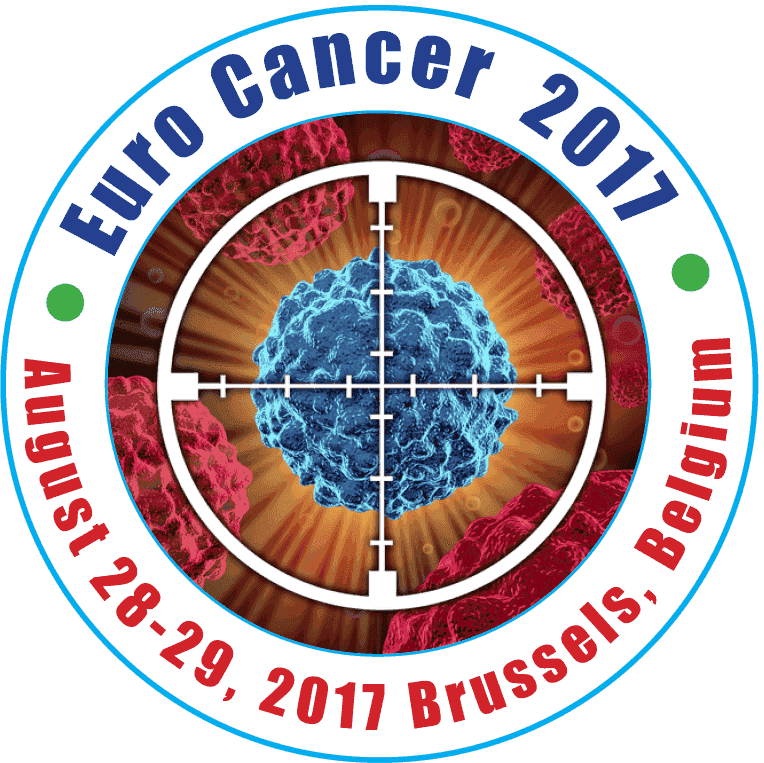
Rui Hou
Chinese Acadamy of Medical Science, China
Title: Animal and cellular models of hepatocellular carcinoma bone metastasis: Establishment and characterisation
Biography
Biography: Rui Hou
Abstract
Background: An increasingly high occurrence of bone metastases in hepatocellular carcinoma (HCC) patients highlights the importance of fundamental research on HCC bone metastasis, which has been limited in its success due to the lack of a model system.
Purpose: The purpose of the study is the establishment of animal and cellular models of HCC bone metastasis and discovery of HCC bone metastasis-related ngenes.
Methods: Luciferase-transfected HCC cell lines HCCLM3, MHCC97H and SMMC-7721 were used to inoculate nude mice intracardially. Formation of bone metastases was examined by bioluminescence imaging, SPECT and pathology study. Metastatic cells in bone were isolated and subcultured. Differences between bone metastatic cells and their parental cells were studied by in vitro/in vivo assays.
Results: Mouse model of HCC bone metastasis was successfully established. Injected tumour cells formed metastases in the skull, the spine, the hind limbs, and the sternum, causing osteolytic lesions via act of MMP-1 and recruitment of osteoclasts. Four bone metastatic cell lines were extracted from HCCLM3-inoculated mice and were demonstrated to exhibit a much stronger ability to form bone metastases as well as other phenotypes, including enhanced in vitro migration/invasion and colony formation. Moreover, the expression of PTHrP, MMP-1, and CTGF was significantly elevated in bone metastatic cells compared to parental HCC cells.
Conclusion: The nude mouse model and bone metastatic cell lines together provide an effective simulation of HCC bone metastasis. This model system will become powerful tool with which to explore the mechanisms and therapies of HCC bone metastasis. Additionally, PTHrP, MMP-1, and CTGF are candidate genes related to HCC bone metastasis.

